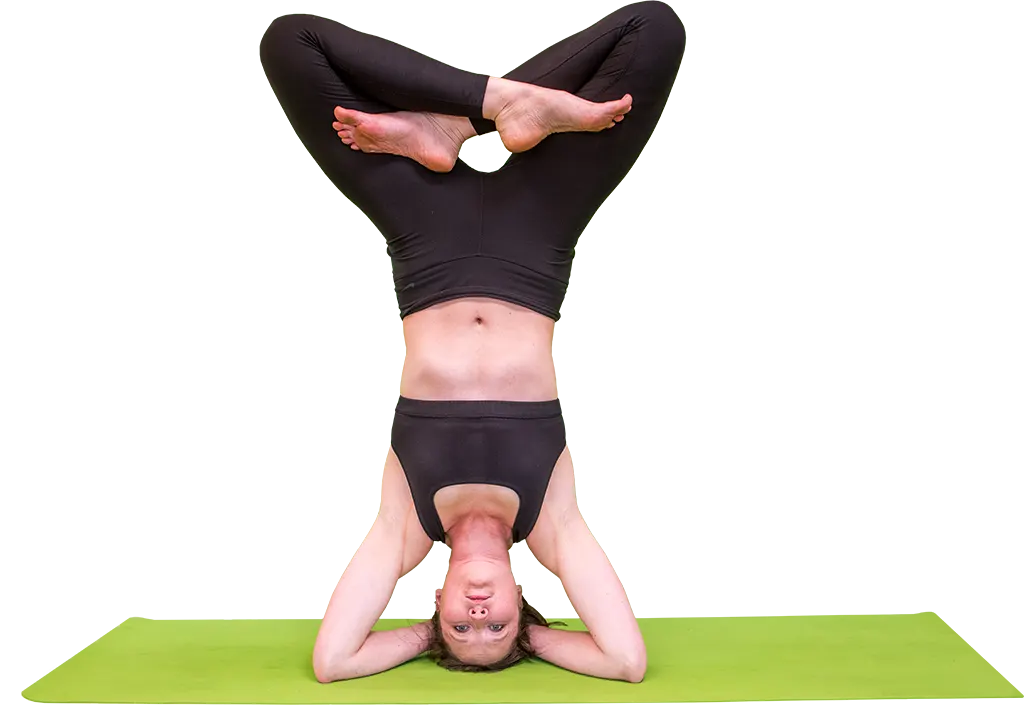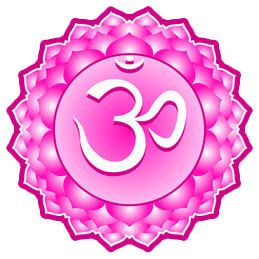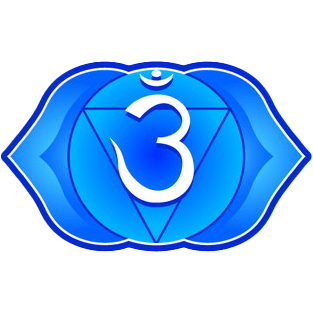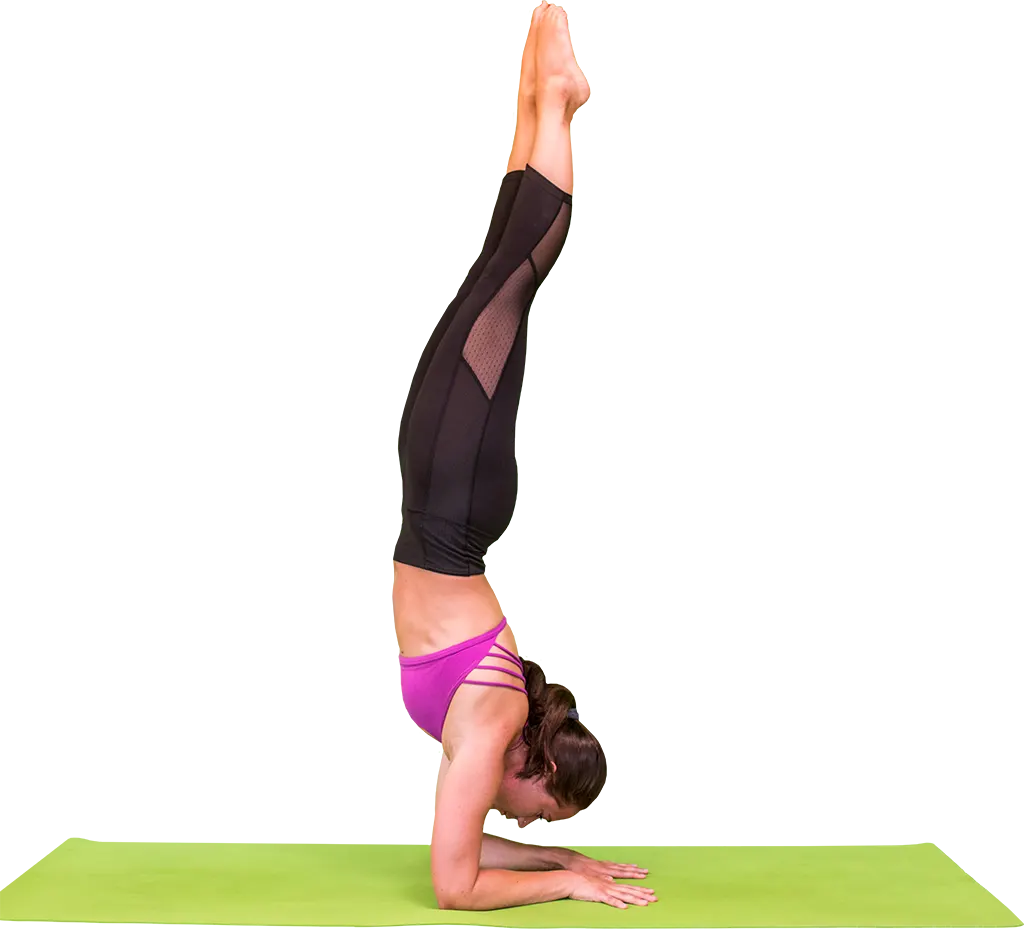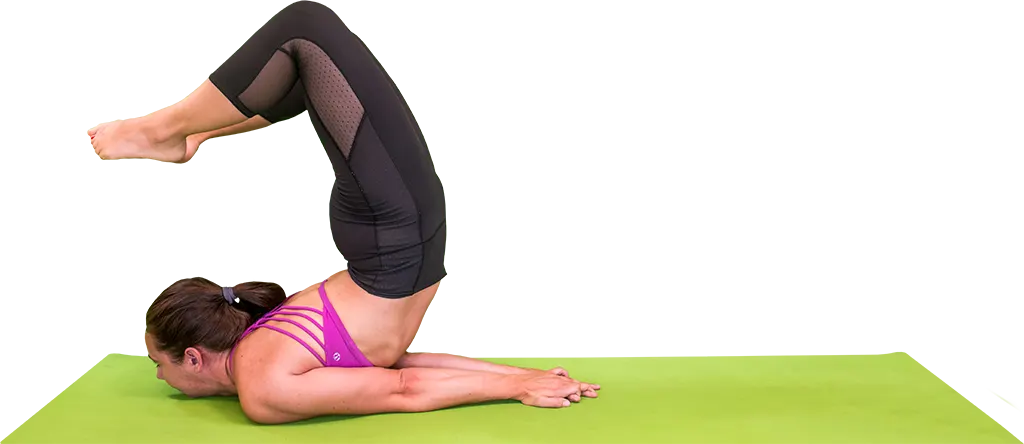Table of content
Preparation
Sit in Vajrasana, both palms on your knees. Keep your neck and spine straight. Adjust knees, calf muscles, and ankles to avoid leg pain. Inhale, exhale, and relax.
Getting into position
Come into Sirshasana (Head Stand). Move the left leg back slightly to open the right hip, bend the right knee and place the right foot as close to the left upper thigh as possible and lift the right knee up. Move the right knee back (to make space for the left foot), bend the left knee, and place the left foot as close to the right upper thigh as possible. Lift the knees up and bring the legs and hips in-line with the torso. Hold with normal breathing for as long as comfortable.
Coming out of position
Slightly relax the body. Carefully uncross and straighten the legs. Inhale. Exhaling, bring the legs down, one at a time. Come into Shashankasana (Moon Pose) for a few moments; then, sit back into Vajrasana. Inhale, exhale, and relax.
